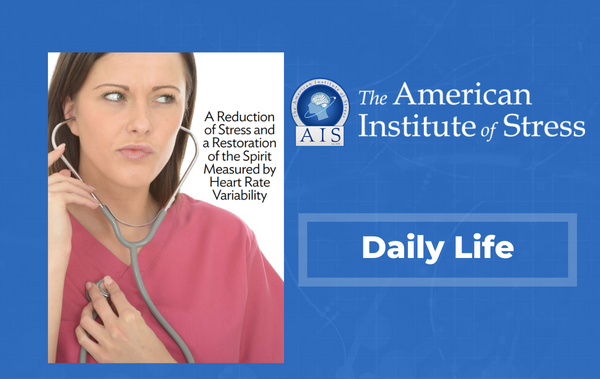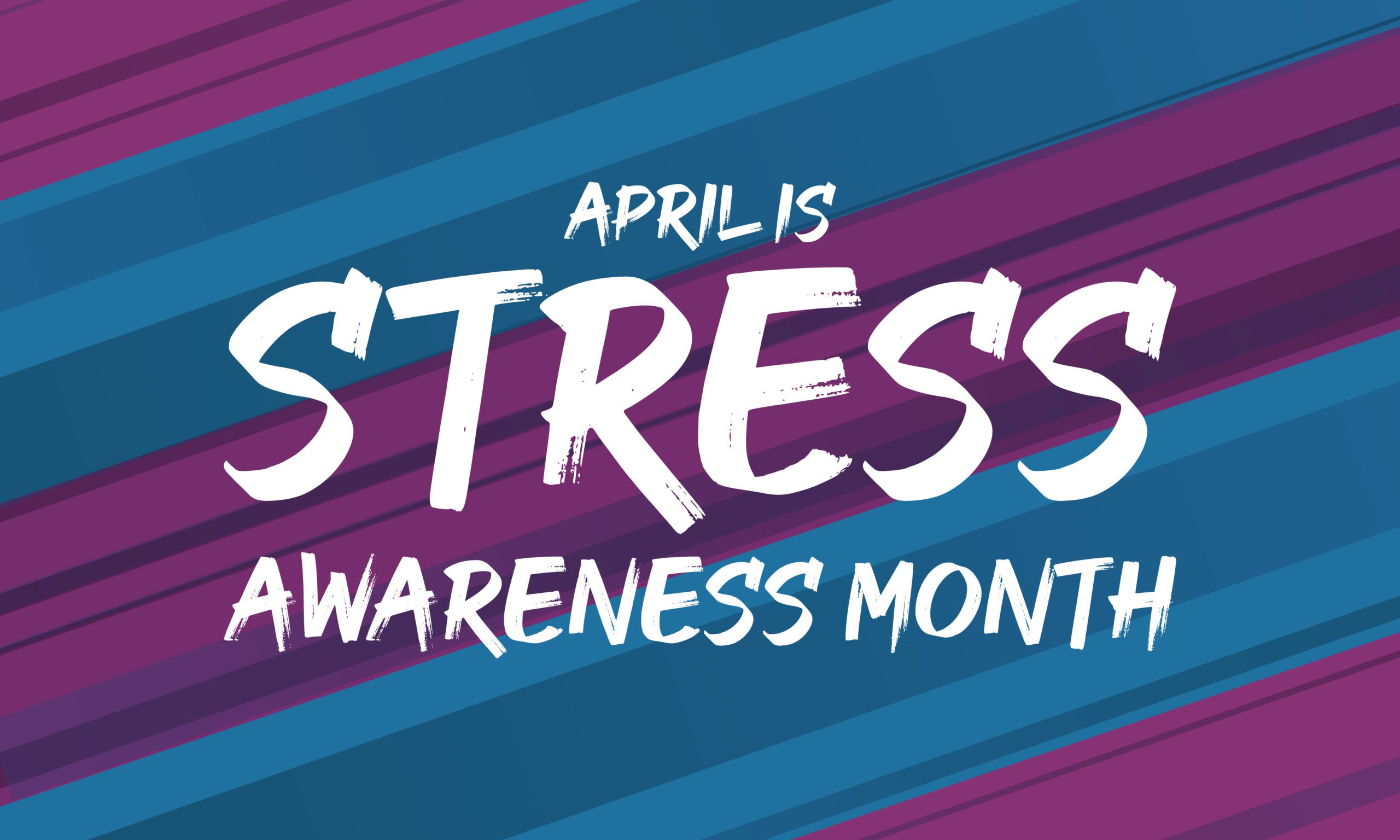
*This is an article from the Fall 2022 issue of Contentment Magazine.
By Marcia Uddoh, MD (candidate), PhD, MPH, MS, MSW
“I have always the feeling that nature has the power to renew and refresh our minds, our bodies, and our spirits.” – Helen Keller1
Hans Selye defined stress as “a response to change in order to maintain the state of stability or homology that the body has maintained against the stimulus to break the mental and physical balance and stability of the body.”2 This feeling of stress was the impetus that caused Helen Keller to move outdoors. Whenever she felt overwhelmed, spending time outdoors refreshed her spirit and provided her with a renewed sense of calm.
This article will focus on the physiologically restorative process by which a person moves from a state of stress to a state of relaxation. Heart rate variability (HRV) will be examined as an appropriate noninvasive electrocardiographic measure to assess the state of a person as they shift from stress to calm.3
To understand the phenomenon of HRV, it is helpful to consider the emotional and physiological effects that the natural environment has on human beings. While studies have assumed that changes in a subject’s heart rate should be understood to signal changes in their stress level, there is currently no accepted standard for measuring the latter.4 Despite this problem, studies have also shown that HRV can be used as a neurobiological index of emotional stress and emotional health,5 as HRV does accommodate a range of normative values.
Theories and Definitions
Environmental psychology studies humans’ interactions with their physical environment.6 Restoration is the field defined in both psychological and physiological approaches that centers on the person’s interaction within their environment, most often in nature. Two major theories comprise this field. The first is the attention restoration theory (ART), where attentional thought is the focus, and nature, as the theory postulates, soothes and requires inattention.7 This reprieve, the theory posits, allows our attentional thoughts cognitive rest.8 Ulrich proposes the stress reduction theory (SRT), which suggests that nature has an inherent ability to reduce stress through psycho-physiological pathways.9 The physiological pathway provides an appropriate juncture to consider the biologically-mediated stress pathways from a psychological perspective.10 Within this realm, the sympathetic-adrenal-medullary (SAM) system and the hypothalamic-pituitary-adrenocortical (HPA) axis are the primary paths to consider.11 Their influence on the cardiovascular system is evidenced by blood pressure and heart rate.12
The Autonomic Nervous System
When the autonomic nervous system (ANS) is not in homeostasis, it is reflected in the heart rate.13 This state can occur at times of mental stress when the ANS attempts to regulate external stressors.14 The parasympathetic nervous system (PNS) and the sympathetic nervous system (SNS) work to maintain balance in the ANS (Figure 1). We know that the PNS is more active in times of relaxation as it exerts its effect on the sinoatrial (SA) node and the atrioventricular (AV) node to slow the heart rate, leading to cardio-deceleration (Figure 2).15
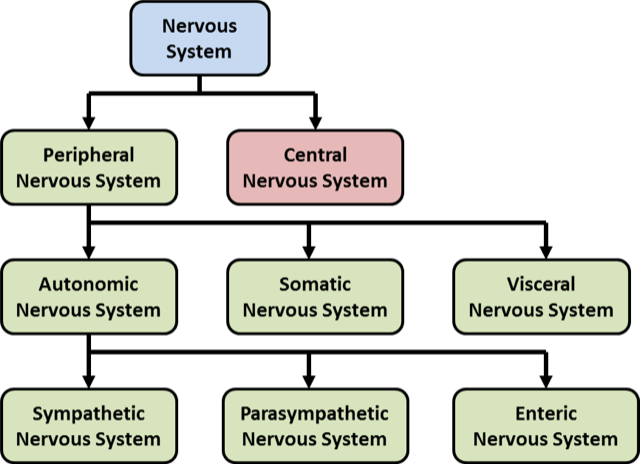
Figure 1 Jenna Fair, CC BY-SA 3.0, via Wikimedia Commons. The components of the nervous system are outlined in the graph.
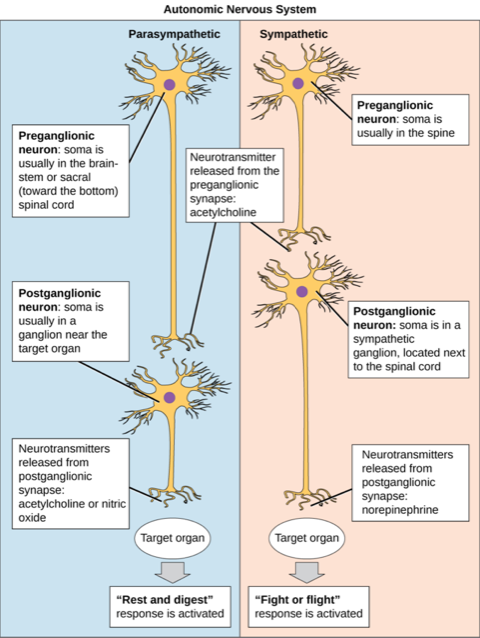
Figure 2 CNX OpenStax, CC BY 4.0, via Wikimedia Commons. Neurons, autonomic nervous system.
The SNS is more active in times of stress; it influences the heart rate (HR) by releasing epinephrine and norepinephrine. This influence leads to cardio-acceleration or quickening of the heart rate.16 The balance of the PNS and the SNS on the ANS can be measured with HRV.17 A healthy heart has more variability to allow the person to adjust to internal and external environmental stressors. In contrast, a person with less variability can adapt less to these stressors and demonstrates a monotonous variability (Figure 3).18
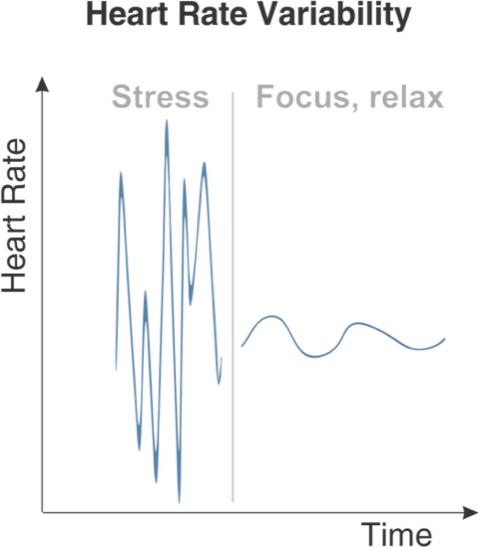
Figure 3 Marek Jacenko thebiofeedback.com, CC BY-SA 4.0 https://www.creativecommons.org/licenses/by-sa/4.0, via Wikimedia Commons. First half in stress, second in focus, relax situation. Recorded by Stone Biofeedback device.
HRV Physiology
While the PNS and SNS exert their effect on the ANS, the dynamic is nonlinear, as their sum does not equal zero from their collective influences.19 Instead, because of the timing, where the PNS is fast (< 1 s) and the SNS is slower (> 5 s), their relationship is complex. HRV is the measure of the PNS and SNS activity in the heart.20 The normal heart does not actually have a consistent beat that could be timed with a metronome. Instead, the timing fluctuates with the influences of the PNS and SNS and HRV dynamics measure this subtle oscillation. Instead, these interbeat intervals (IBIs) that fluctuate between successive heartbeats are what define the HRV.21
HRV Application
Shaffer examined the physiological aspects of the HRV and contended that it is well positioned to measure the biological system’s processes as it attempts to attain homeostasis.22 The PNS and SNS reflect these complex adjustments in our heartbeat variability. The European Society of Cardiology, the North American Society of Cardiology, and the North American Society of Pacing and Electrophysiology task force have created standard measures for the HRV.23
HRV Measurement
For the measure of stress, it is imperative to determine the category of stress that it is intended to examine since the definition can provide the most appropriate measure.24 De Brito conducted a study to measure psychosocial stress about nature and contended that those who traversed urban or suburban areas would have increased stress measured with the HRV.25,26 The study included 23 young adult males with green and suburban paths. The research found that the HRV of the group that traversed the green paths showed beneficial improvement, while the blood pressure (BP) of both groups showed systolic BP reductions.27
Studies on stress must adhere to strict guidelines that describe the experiment’s definitions of stress as one of several precautionary guidelines for studying stress. Attention to these guidelines can avoid problems aggregating the findings, resulting in potentially inappropriate or unvalidated measures.28
Conclusion
HRV has been relegated as an appropriate measure of stress as it can measure biological system processes, including the ANS and its adjustments of the heart rate.29 The investigation of human physiology in nature provides a context to examine the HRV with accompanying definitions and clarification of terminologies of stress.30 Excluded from the discussion were the more in-depth topics, including HRV time-domains and frequency-domains. Instead, the focus aimed to address some of the rudimentary physiological aspects of stress relevant to HRV, including the measures of the PNS-SNS interchange in dealing with external stressors from the ANS. Studies have shown that nature can improve HRV,31 which could ostensibly restore the spirit as reflected in the biopsychosocial-spiritual model.
References
- “Nature has the power to renew and refresh.” Helen Keller. (2015, April 3). The American Foundation for the Blind. https://www.afb.org/blog/entry/get-out-nature-says-helen-keller
- Kim HG., et al. Stress and heart rate variability: A meta-analysis and review of the literature. Psychiatry investigation. 2018, 15(3):235.
- Kim HG., et al. Stress and heart rate variability: A meta-analysis and review of the literature. Psychiatry investigation. 2018, 15(3):235.
- Kim HG., et al. Stress and heart rate variability: A meta-analysis and review of the literature. Psychiatry investigation. 2018, 15(3):235.
- Kim HG., et al. Stress and heart rate variability: A meta-analysis and review of the literature. Psychiatry investigation. 2018, 15(3):235.
- Egner LE. Exploring the restorative effects of environments through conditioning: the conditioned restoration theory (Master’s thesis, Høgskolen i Lillehammer).
- Egner LE. Exploring the restorative effects of environments through conditioning: the conditioned restoration theory (Master’s thesis, Høgskolen i Lillehammer).
- Law M., et al. Viewing landscapes is more stimulating than scrambled images after a stressor: a cross-disciplinary approach. Frontiers in Psychology. 2020 Jan 24;10:3092.
- Gidlow CJ, Jones MV, Hurst G, Masterson D, Clark-Carter D, Tarvainen MP, Smith G, Nieuwenhuijsen M. Where to put your best foot forward: Psycho-physiological responses to walking in natural and urban environments. Journal of environmental psychology. 2016 45:22-9.
- Roos, L. G., Alessi, M. G., Price, B. C., & Bennett, J. M. (in press). The measurement of stress. In: R. Gurung (Ed-in-Chief) Routledge Encyclopedia of Psychology in the Real World. London: Taylor & Francis Group.
- Roos, L. G., Alessi, M. G., Price, B. C., & Bennett, J. M. (in press). The measurement of stress.In: R. Gurung (Ed-in-Chief) Routledge Encyclopedia of Psychology in the Real World. London:Taylor & Francis Group.
- Roos, L. G., Alessi, M. G., Price, B. C., & Bennett, J. M. (in press). The measurement of stress. In: R. Gurung (Ed-in-Chief) Routledge Encyclopedia of Psychology in the Real World. London: Taylor & Francis Group.
- de Brito JN., et al. The effect of green walking on heart rate variability: A pilot crossover study. Environmental research. 2020, 185:109408.
- Castaldo, R., Melillo, P., Bracale, U., Caserta, M., Triassi, M., & Pecchia, L. (2015). Acute mental stress assessment via short term HRV analysis in healthy adults: A systematic review with meta-analysis. Biomedical Signal Processing and Control, 18, 370-377.
- Kim HG., et al. Stress and heart rate variability: A meta-analysis and review of the literature. Psychiatry investigation. 2018, 15(3):235.
- Kim HG., et al. Stress and heart rate variability: A meta-analysis and review of the literature. Psychiatry investigation. 2018, 15(3):235.
- de Brito JN., et al. The effect of green walking on heart rate variability: A pilot crossover study. Environmental research. 2020, 185:109408.
- Kim HG., et al. Stress and heart rate variability: A meta-analysis and review of the literature. Psychiatry investigation. 2018, 15(3):235.
- Shaffer F, Ginsberg JP. An overview of heart rate variability metrics and norms. Frontiers in public health. 2017:258.
- Shaffer F, Ginsberg JP. An overview of heart rate variability metrics and norms. Frontiers in public health. 2017:258.
- Shaffer F, Ginsberg JP. An overview of heart rate variability metrics and norms. Frontiers in public health. 2017:258.
- Shaffer F, Ginsberg JP. An overview of heart rate variability metrics and norms. Frontiers in public health. 2017:258.
- Shaffer F, Ginsberg JP. An overview of heart rate variability metrics and norms. Frontiers in public health. 2017:258.
- Roos, L. G., Alessi, M. G., Price, B. C., & Bennett, J. M. (in press). The measurement of stress. In: R. Gurung (Ed-in-Chief) Routledge Encyclopedia of Psychology in the Real World. London: Taylor & Francis Group.
- de Brito JN., et al. The effect of green walking on heart rate variability: A pilot crossover study. Environmental research. 2020, 185:109408.
- de Brito JN., et al. The effect of green walking on heart rate variability: A pilot crossover study. Environmental research. 2020, 185:109408.
- de Brito JN., et al. The effect of green walking on heart rate variability: A pilot crossover study. Environmental research. 2020, 185:109408.
- Roos, L. G., Alessi, M. G., Price, B. C., & Bennett, J. M. (in press). The measurement of stress. In: R. Gurung (Ed-in-Chief) Routledge Encyclopedia of Psychology in the Real World. London: Taylor & Francis Group.
- Shaffer F, Ginsberg JP. An overview of heart rate variability metrics and norms. Frontiers in public health. 2017:258.
- Roos, L. G., Alessi, M. G., Price, B. C., & Bennett, J. M. (in press). The measurement of stress. In: R. Gurung (Ed-in-Chief) Routledge Encyclopedia of Psychology in the Real World. London: Taylor & Francis Group.
- de Brito JN., et al. The effect of green walking on heart rate variability: A pilot crossover study. Environmental research. 2020, 185:109408.
ABOUT THE AUTHOR
Marcia Uddoh, MD (candidate), PhD, MPH, MS, MSW, FAIS, is a pioneer in Christian-based stress research and management specializing in neurology and cognition. In 2018 the prestigious integrative medicine research program with Dr. Andrew Weil at the University of Arizona School of Medicine accepted her as a research intern; she researched holistic approaches to stress management. Dr. Uddoh is the founder of Stress Vitals Institute LLC, an evidence-based research institute that develops stress assessments, reports, and stress management interventions. To learn more about Stress Vitals Institute LLC, visit www.stressvitals.com; all faiths are welcome.
Contentment Magazine
The dictionary defines “content” as being in a state of peaceful happiness. The AIS magazine is called Contentment because we want all of our guests and members to find contentment in their lives by learning about stress management and finding what works best for each them. Stress is unavoidable, and comes in many shapes and sizes that makes being in a state of peaceful happiness seem like a very lofty goal. But happiness is easy to find once you are able to find ways to manage your stress and keep a healthy perspective when going though difficult times in life. You will always have stress, but stress does not always have you!
